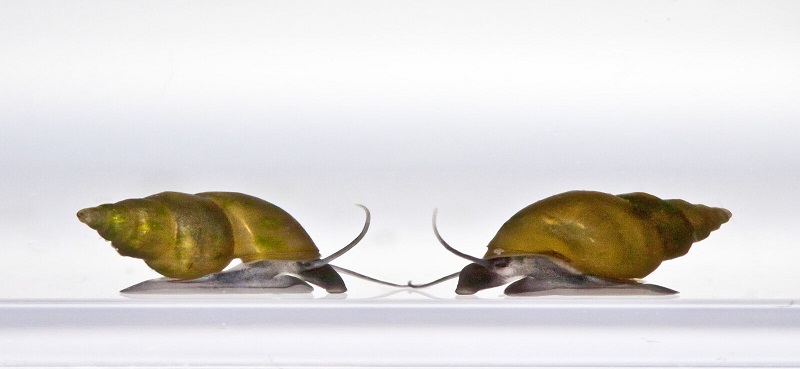Principal Investigator: Edward Levri, Pennsylvania State University
Co-Principal Investigator: Maurine Neiman, University of Iowa
Years Funded: 2017-2018
Project Description:
Invasive species are a threat to biodiversity and economic interests. Early detection of invasion allows for a more rapid response and increases the likelihood of successful remediation of the invaded ecosystem. Potamopyrgus antipodarum, the New Zealand mud snail (NZMS), is a global invader characterized by distinct asexual lineages. NZMS invasion is cause for concern as it has been linked to harmful effects in invaded ecosystems. In the eastern US, NZMS was first noted in Lake Ontario in 1991. NZMS has since been identified in Lake Erie, rivers in upstate New York, and in central Pennsylvania, but the full extent of the NZMS northeastern invasion is both uncertain and likely more extensive. We propose to further characterize the eastern NZMS invasion through the use of environmental DNA (eDNA). eDNA represents DNA molecules shed from organisms’ skin, feces, or other sources, and is maintained for short periods of time in the areas in which the organisms are active. We will sample the water of potential invasion sites, filtering eDNA out and returning the water to the sample sites. In a lab decontaminated of NZMS DNA, we will extract the DNA for use in quantitative PCR. We will make use of primers proven to be both effective and specific for detection of NZMS. Quantitative PCR will allow us to both detect the presence of NZMS and estimate the currently active population at the sample site. These techniques have been proven in lab and at known invasion sites, but have not previously been applied for early detection of NZMS. Results of this study will be disseminated to relevant governmental management in order to aid invasion prevention and remediation efforts. More broadly, demonstrating the application of eDNA techniques for early detection will help develop a cutting-edge advantage in ecosystem monitoring.
Photo credit: Pennsylvania State University

